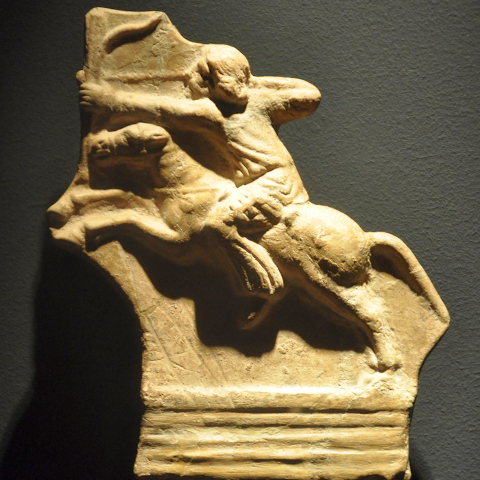Carrhae und Corona
„Freedom of speech doesn’t protect speech you like; it protects speech you don’t like.“ (Larry Flynt, hat nichts mit dem Inhalt des Artikels zu tun, ist aber ein schönes Zitat.)
Nur zwei Dinge, die Wissenschaft betreffen, nachzutragen, und beide fangen zufällig mit dem Buchstaben C an, haben aber rein gar nichts miteinander zu tun, außer, dass sie von mir in ein Blog-Posting gequetscht wurden:
– Ancient Originas weist auf eine spannende Theorie hin: Eine römische Legion sei nach der verheerenden Niederlage von Carrhae bis nach China gelangt. Das ist mehr als eine Legende. War History Online schreibt:
The Parthians had a standard practice of employing captured soldiers as border guards. By transferring the 10,000 legionaries to the eastern borders they prevented any realistic chance of escape for the Romans who likely would have simply accepted their new lot in life. Record of the soldiers vanish for about 17 years when the battle of Zhizhi was fought as a Chinese army under Chen Tang assaulted a border town known today as Taraz, located in Kazakhstan near the border of Kyrgyzstan. Chinese historians note that the defenders held their shields in a „fish scale“ pattern. The fight for the town was intense but the Chinese prevailed. The Chinese, under the Han Dynasty at this point, were near the height of their power; this battle represented their greatest Westward expansion and their victory was achieved in part because many of the locals defected to the Chinese out of fear.
The Chinese were so impressed by these foreign warriors that they put them into another border town, this time guarding the border between China and Tibet as Tibetan raids were not uncommon around this time. Anywhere from 100 to 1,000 or more soldiers established themselves in this town that was known by the Chinese as Liqian/Li-Jien, which is pronounced as “legion”. These men were known to use tools such as tree trunk counterweight construction devices, and to reinforce the area into a square fort, a common site in the Mediterranean but quite rare in Asia.
It seems these Romans lived peacefully in Liqian, and 2,000 years later we have DNA evidence that over 50% of the villagers in modern day Liqian have Caucasian ancestry including green and blue eyes, increased average height and other distinguishing characteristics such as distinctly Roman noses.
Was für ein Romanstoff! Das erinnert mich daran, dass ich noch das Buch über die Tarim Mummies lesen muss. Es hat natürlich jemand widersprochen: Es seien keine Römer gewesen, sondern Nachfahren der Soldaten Alexander des Großen. Wäre auch interessant, dass die Phalanx der Hopliten auch noch nach ein paar Jahrhunderten bekannt und effektiv war.
– In der Schweizer Republik können wir ein sehr informatives Interview mit dem Soziologen Mike Davis lesen: „Covid-19 ist erst der Anfang“. „Die Geschichte des Kapitalismus ist auch eine Geschichte der Entstehung gefährlicher Viren, die er befördert. Wenn man Viren den Garaus machen will, muss man auch verstehen, wie sie zum Menschen kommen.“
